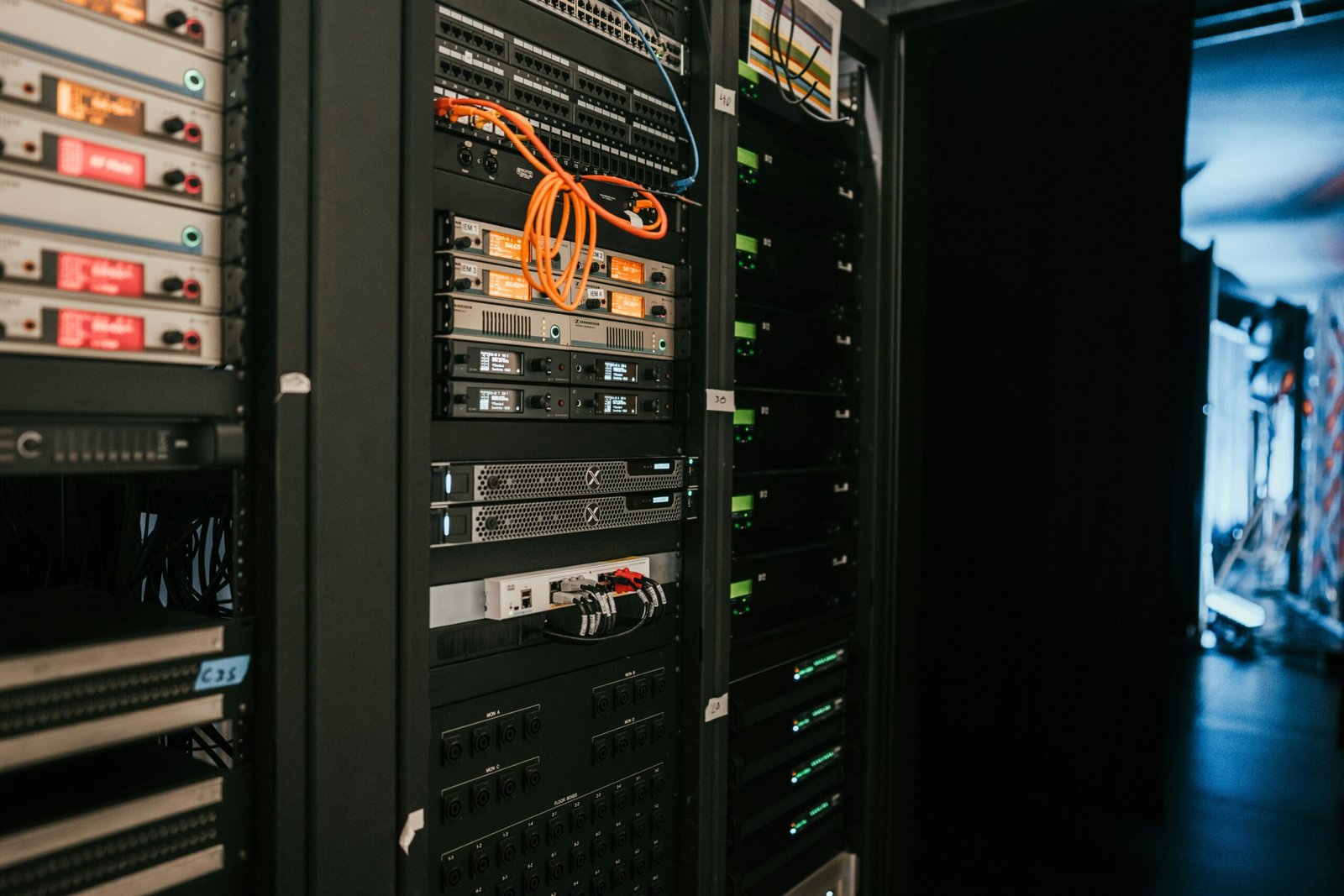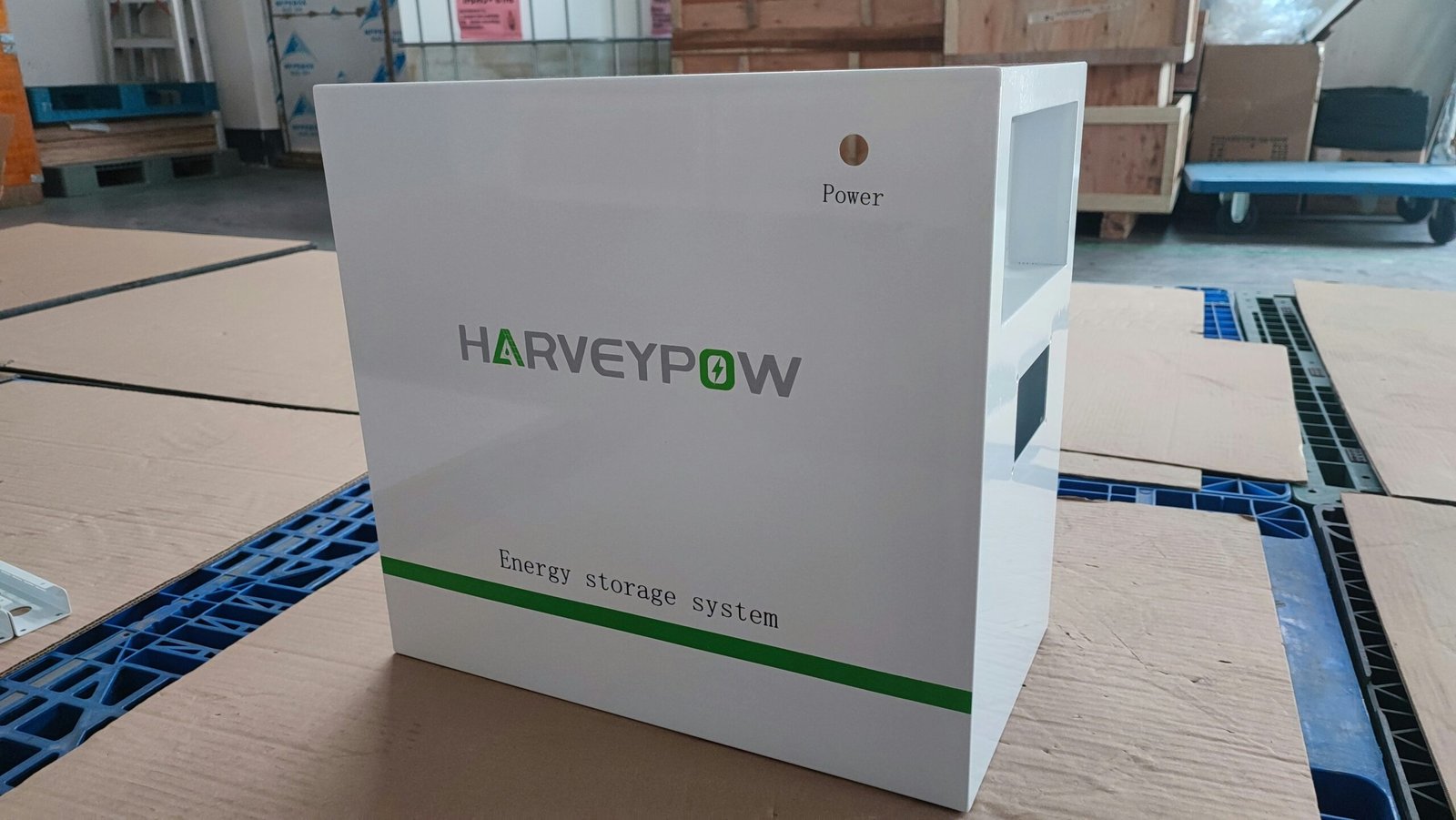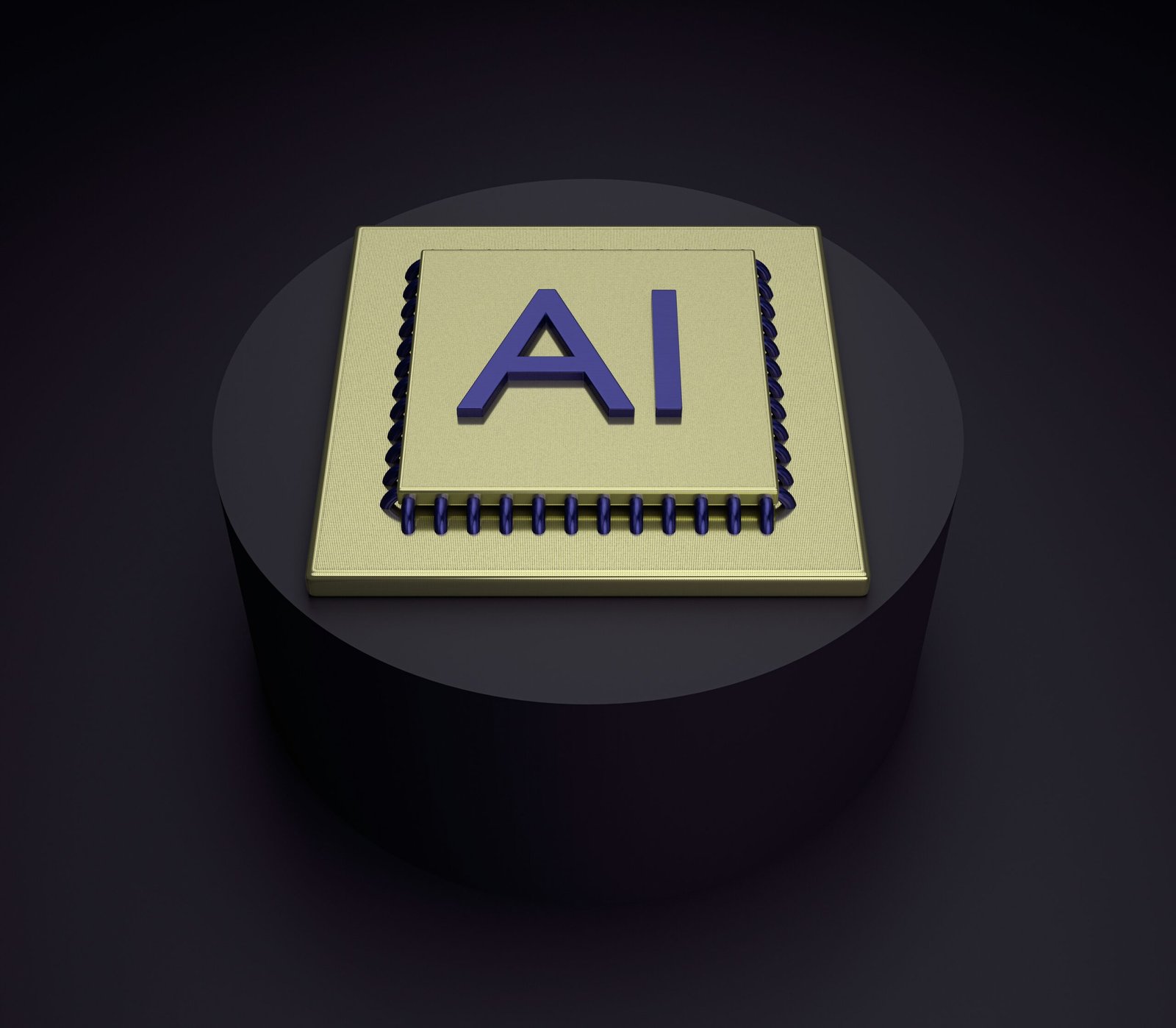Understanding Edge Data Centers
Edge data centers represent a significant evolution in the field of data storage and processing, addressing the growing demands of modern digital infrastructure. Defined as smaller, decentralized data centers located closer to the end-users or devices, these facilities are specifically designed to handle data processing and storage in real-time, thus minimizing latency and optimizing performance. Unlike traditional data centers, which are often centralized and situated far from the point of use, edge data centers operate on the principle of proximity, allowing for quicker data access and enhanced user experiences.
The purpose of edge data centers is to facilitate the rapid processing of data close to where it is generated. This is particularly important in our increasingly interconnected world, where applications require immediate responses. By bringing computing resources closer to the edge of the network, these data centers reduce latency, leading to faster data retrieval and improved application performance. This is vital for various use cases, including internet of things (IoT) applications, real-time analytics, and virtual reality services, all of which depend on minimal delays in data transmission.
The significance of edge data centers has been heightened due to the explosive growth of edge computing. As organizations seek to harness the power of real-time data processing and analytics, edge computing has emerged as a critical solution that leverages the advantages of edge data centers. Additionally, advancements in networking technologies, such as 5G, have further amplified the need for these facilities, enabling quicker data transfer rates and availability. The integration of edge computing into diverse industries, including healthcare, transportation, and smart cities, illustrates the transformative impact of edge data centers on contemporary digital ecosystems.
Key Best Practices for Designing Edge Data Centers
Designing an effective edge data center requires a strategic approach that encompasses several key best practices. First and foremost is site selection criteria, which plays a crucial role in the performance and efficiency of the facility. Locations should be chosen based on proximity to users, connectivity to network services, and accessibility to power sources. Furthermore, considerations surrounding geographical factors, such as susceptibility to natural disasters, should not be overlooked.
Scalability is another important aspect when designing edge data centers. Since the demand for data processing and storage continues to rise, edge data centers must be designed with the future in mind. Implementing modular designs allows for the addition of capacity without extensive downtime or infrastructural overhauls. This adaptability ensures a longer lifespan for the facility while remaining cost-effective.
Energy efficiency and sustainable practices must be integrated into the edge data center design from the outset. Utilizing energy-efficient equipment and implementing renewable energy sources can significantly reduce operational costs. Additionally, incorporating advanced cooling systems, such as liquid cooling or hot/cold aisle containment, not only optimizes thermal management but also enhances overall energy efficiency. These systems are essential as they keep the equipment running at optimal temperatures, directly impacting performance and longevity.
Effective power management also plays an important part in ensuring optimal performance. Implementing monitoring systems allows for real-time assessment of power usage, enabling proactive adjustments that can prevent outages and utilize resources more efficiently. Space optimization is equally essential; utilizing vertical space and implementing intelligent design can maximize the use of limited square footage.
Examples of successful edge data center designs include facilities that prioritize these best practices, showcasing how strategic planning can lead to enhanced performance and sustainability. By following these guidelines, organizations can ensure that their edge data centers are equipped to meet current and future demands effectively.
Security Considerations for Edge Data Centers
As organizations increasingly adopt edge data centers to enhance performance and reduce latency, security considerations become paramount. The decentralized nature of edge data centers introduces unique vulnerabilities that require a comprehensive approach to mitigate risks. Unlike traditional data centers, which are centrally located and typically fortified with extensive security measures, edge data centers are often situated in diverse environments, making them more susceptible to physical and cyber threats.
Physical security measures are critical in safeguarding these facilities. It is essential to implement stringent access control protocols to restrict entry to authorized personnel only. Strategies may include biometric authentication, security badges, and video surveillance systems to monitor and document activity. Regular audits and compliance checks can further enhance the security framework, ensuring adherence to established protocols.
Alongside physical security, cybersecurity protocols are indispensable for protecting data integrity and confidentiality at the edge. The deployment of firewalls, intrusion detection systems, and encryption techniques helps shield sensitive information from cyberattacks. Organizations must prioritize the regular updating of software and hardware components to address vulnerabilities that may be exploited by malicious actors.
Moreover, conducting frequent security assessments is vital to identify potential weaknesses within the edge data center infrastructure. This proactive approach enables organizations to address issues before they escalate into significant threats. Fostering a culture of security awareness among employees is equally important. Providing training sessions on recognizing and responding to suspicious activities empowers staff to serve as the first line of defense against security breaches.
Lastly, implementing advanced monitoring systems enhances real-time visibility into security events across distributed architectures. Such systems can detect anomalies and provide timely alerts, enabling swift responses to potential threats. By integrating these strategies, organizations can significantly enhance the security posture of their edge data centers, ensuring optimal performance while minimizing risk.
Future Trends in Edge Data Centers
The evolution of edge data centers is significantly shaped by ongoing technological advancements that promise to enhance performance and operational efficiency. A critical trend is the integration of artificial intelligence (AI) in edge computing environments. AI algorithms can analyze data locally, enabling real-time processing and decision-making. This capability not only reduces latency but also optimizes resource utilization, making edge data centers more responsive and efficient.
Furthermore, the rollout of 5G connectivity is poised to revolutionize the edge computing landscape. This new generation of wireless technology offers enhanced bandwidth and lower latency, facilitating faster data transmission between devices and edge data centers. As IoT devices proliferate, the demand for rapid and reliable communication transmits vast amounts of data, further necessitating the need for efficient edge solutions. The combination of 5G and IoT will require data centers to adapt their infrastructures to handle the increase in connectivity demands.
Automation and machine learning are also emerging as pivotal components in the optimization of edge data centers. By employing automated systems, organizations can streamline data management processes, reducing human error and operational costs. Machine learning models can predict workloads and adjust resources accordingly, enhancing performance without the need for constant manual oversight. This level of automation is particularly beneficial in an environment characterized by rising data volume and complexity.
In addition, the trends towards sustainability and eco-friendliness will see edge data centers adopting more energy-efficient technologies and practices. Stakeholders are increasingly prioritizing environmental considerations, prompting a shift towards innovative cooling solutions and renewable energy sources. Overall, these future trends indicate that edge data centers will continue to evolve, driving advancements in operational efficiency, service delivery, and data management practices.









